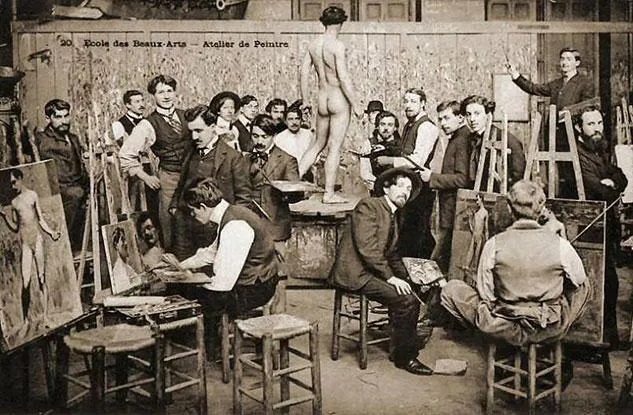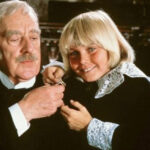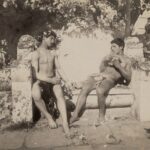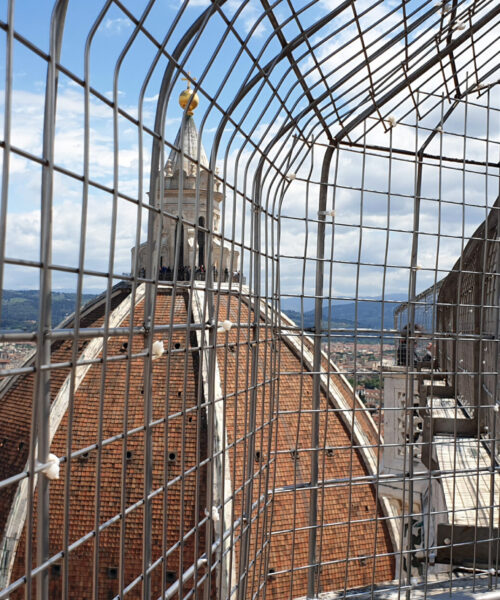As the 19th century dawned, art was reaching an ever-expanding audience, thanks to socio-economic progress and the opening of museums and galleries to the general public. But while visitors marveled at the works of great masters, little was known about the subjects who posed in the nude behind the scenes. These individuals, often hailing from less privileged social strata, lent their likenesses to fuel the talent and vision of artists.

For instance, stepping into the Parisian atelier of William-Adolphe Bouguereau reveals the outlines of a multifaceted reality. Bouguereau, true to academic tradition, eschewed photographs for his work, opting instead for live models. At the heart of his studio, women and children posed in the nude, allowing the artist to capture the anatomical realism and romantic idealization that are hallmarks of his oeuvre.
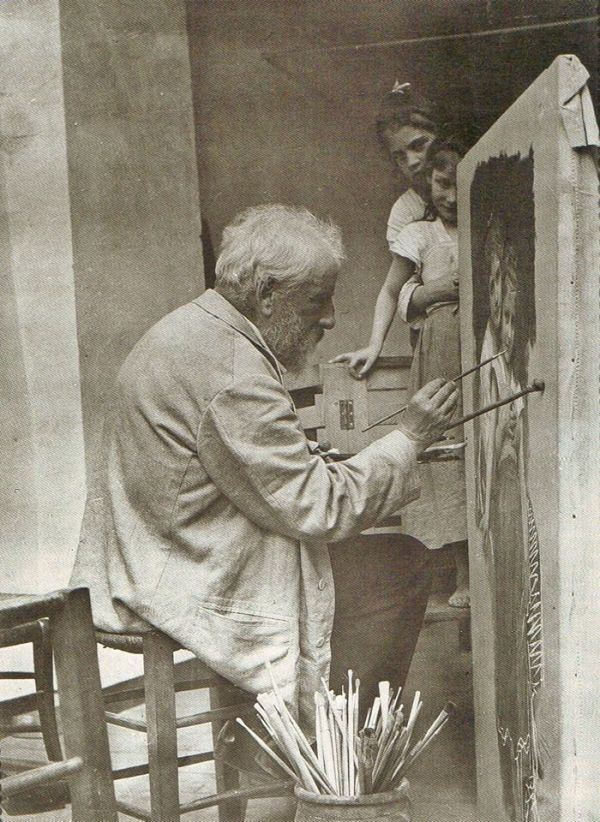
But who were these individuals willing to expose their nudity in exchange for compensation? Chronicles of the era tell of long lines of women with children in their arms, waiting to be called upon to pose in the studios of painters and photographers. Often, these were people in economically precarious situations, for whom posing in the nude represented a means to make ends meet.
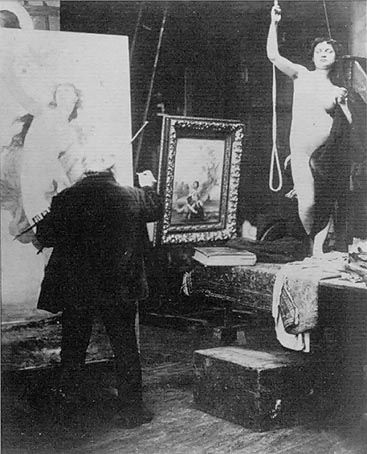
However, the “sale” of one’s nudity was not without repercussions. While the profession provided income on one hand, it could lead to social stigma on the other. Women, in particular, faced a tension between artistic idealization and real-life stigmatization. For children as well, the issue was sensitive, as their posing sessions raise questions today about child protection.
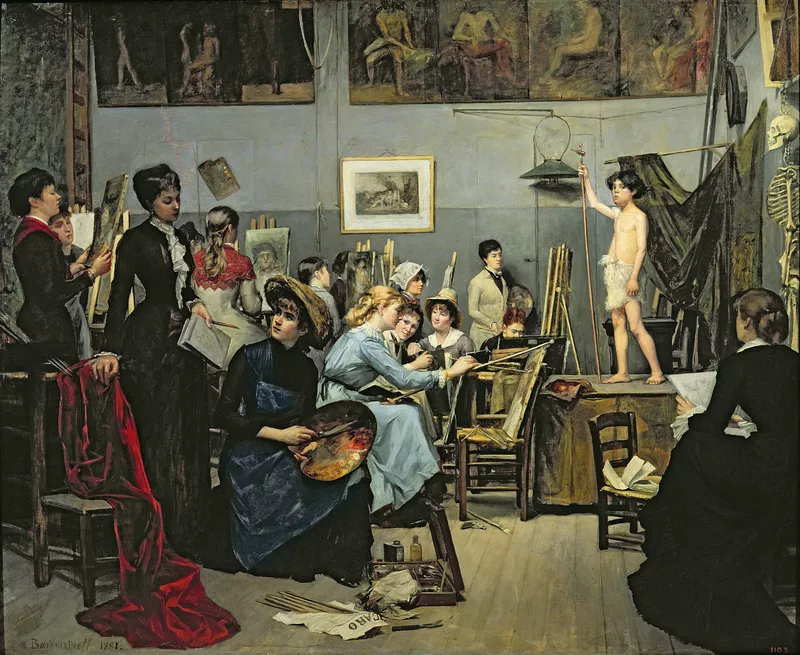
Yet artists like Bouguereau endeavored to treat their models with the utmost respect and professionalism. In the atelier, the nude body was not a commodity, but rather a source of artistic inspiration. Through his approach, Bouguereau sought to alleviate the inevitable discomfort associated with nudity, portraying his models with both delicacy and dignity.
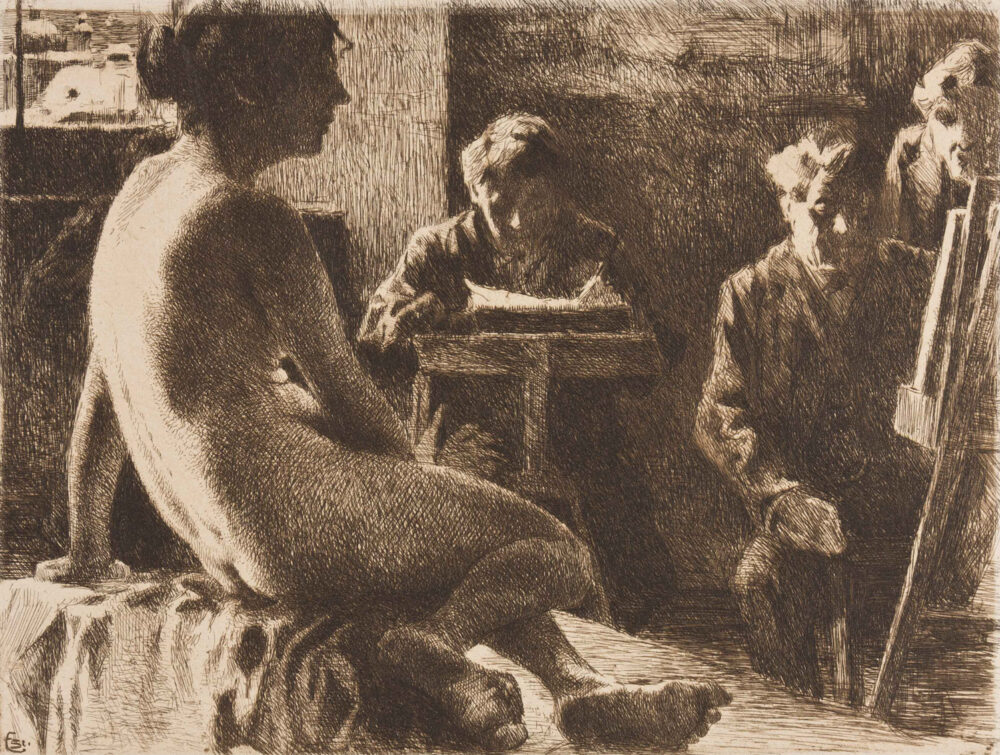
The situation reflects the complexity of the era: a time when art and society influenced each other, pushing the boundaries of social acceptance and sparking debates that are still alive today. The paintings of Bouguereau and other 19th-century artists are not merely works of art, but also documents of a historical and social reality that deserves to be explored and understood.
In rediscovering the work of these artists, it’s essential not to overlook the anonymous faces that inspired them: men, women, and children who offered their bodies to artistic creation, in a complex interplay of vulnerability, dignity, and survival.

